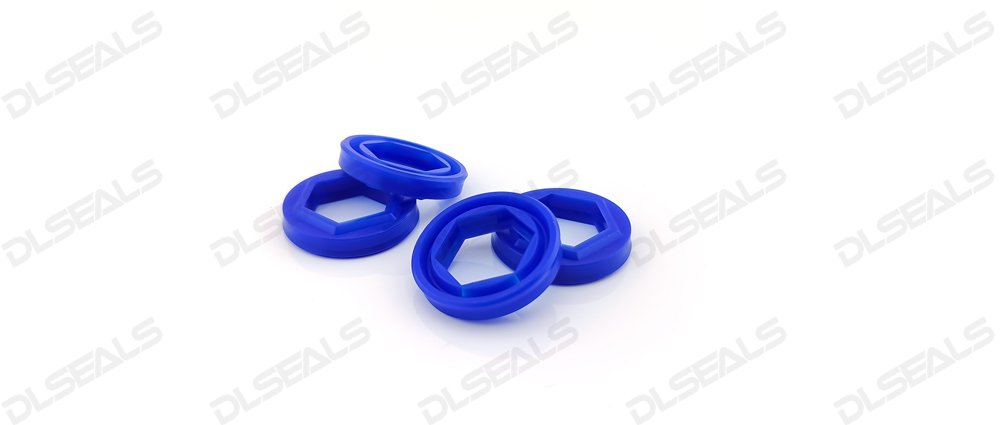In the industrial landscape, seal replacements are inevitable maintenance tasks that can incur significant costs if not managed efficiently. Whether it’s in heavy machinery, automotive systems, or hydraulic equipment, seals play a crucial role in preventing leaks and ensuring optimal performance. However, regular wear and tear, harsh operating conditions, and inadequate maintenance can lead to seal failure, necessitating timely replacements.
To minimize costs associated with seal replacements, it’s essential to implement effective strategies that prioritize durability, performance, and cost-effectiveness. Here are some strategies to consider:
Choose High-Quality Seals: Investing in high-quality seals from reputable manufacturers may seem like a higher initial cost, but it can lead to long-term savings. High-quality seals are engineered to withstand demanding conditions, reducing the frequency of replacements and associated downtime.
Proactive Maintenance: Implementing proactive maintenance schedules can help identify seal issues before they escalate into major problems. Regular inspections, lubrication, and seal condition monitoring can extend the lifespan of seals and prevent unexpected failures.
Identify Root Causes of Failure: When seals fail prematurely, it’s crucial to investigate the root causes to prevent recurrence. Factors such as improper installation, contamination, excessive heat, or pressure should be addressed to ensure optimal seal performance.
Utilize Seal Compatibility: Ensure that replacement seals are compatible with the application’s operating environment, including temperature, pressure, and chemical exposure. Using seals specifically designed for the intended purpose can improve reliability and longevity.
Optimize Installation Procedures: Proper installation techniques are critical for seal effectiveness and longevity. Following manufacturer recommendations, using appropriate tools, and ensuring a clean, debris-free environment during installation can prevent premature seal failure.
Consider Customized Solutions: In some cases, off-the-shelf seals may not fully meet the requirements of unique applications. Working with seal manufacturers to develop customized solutions tailored to specific operating conditions can enhance performance and reduce long-term costs.
Track Seal Performance Metrics: Implementing a system to track seal performance metrics, such as lifespan, failure rates, and maintenance costs, can provide valuable insights for optimizing seal replacement strategies. Analyzing data trends can help identify areas for improvement and cost-saving opportunities.
By implementing these seal replacement strategies, businesses can effectively minimize costs associated with maintenance, downtime, and premature failures. Prioritizing quality, proactive maintenance, and tailored solutions can ultimately lead to improved efficiency, reliability, and cost-effectiveness in industrial operations.
Post time: May-09-2024

